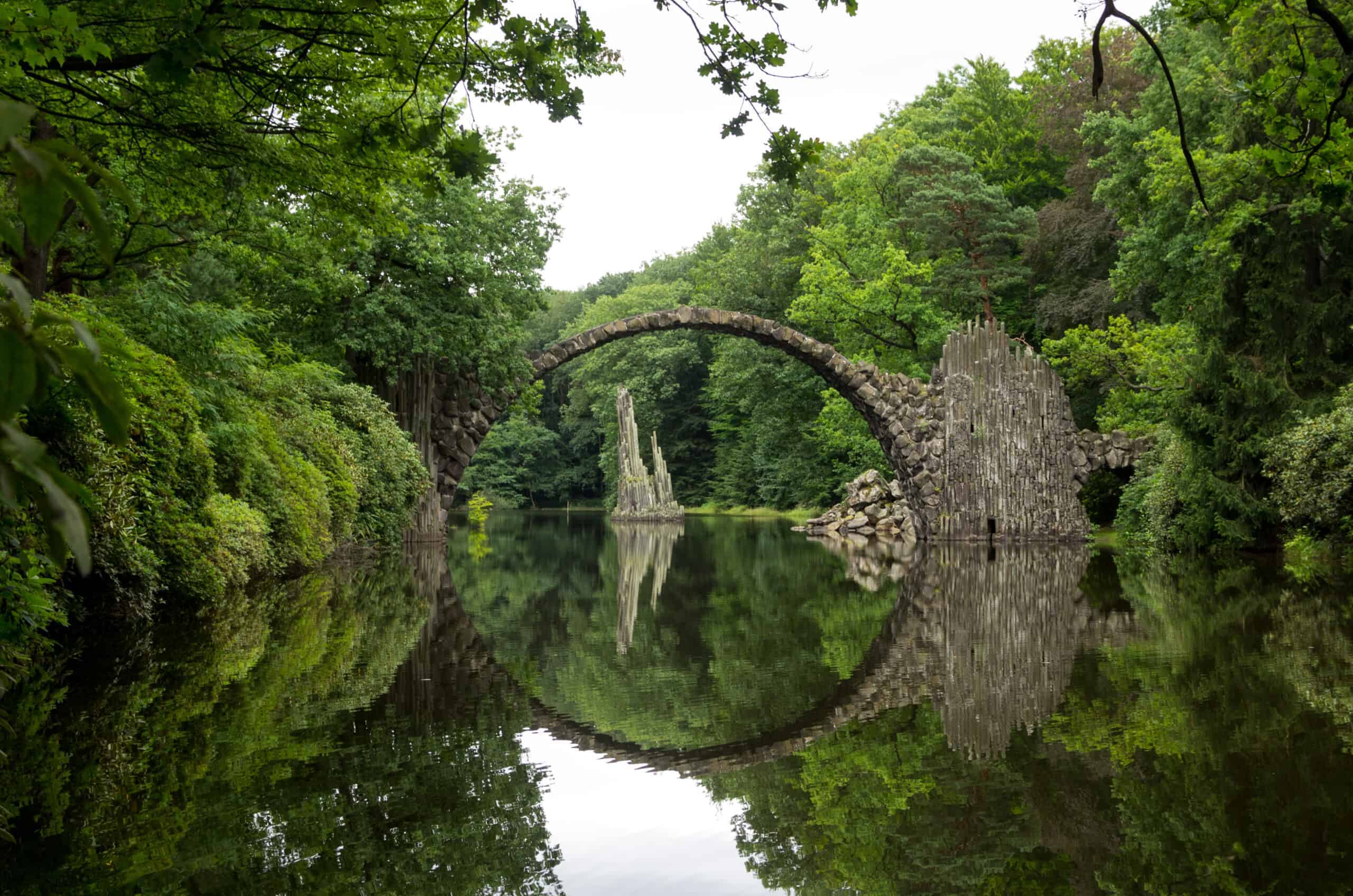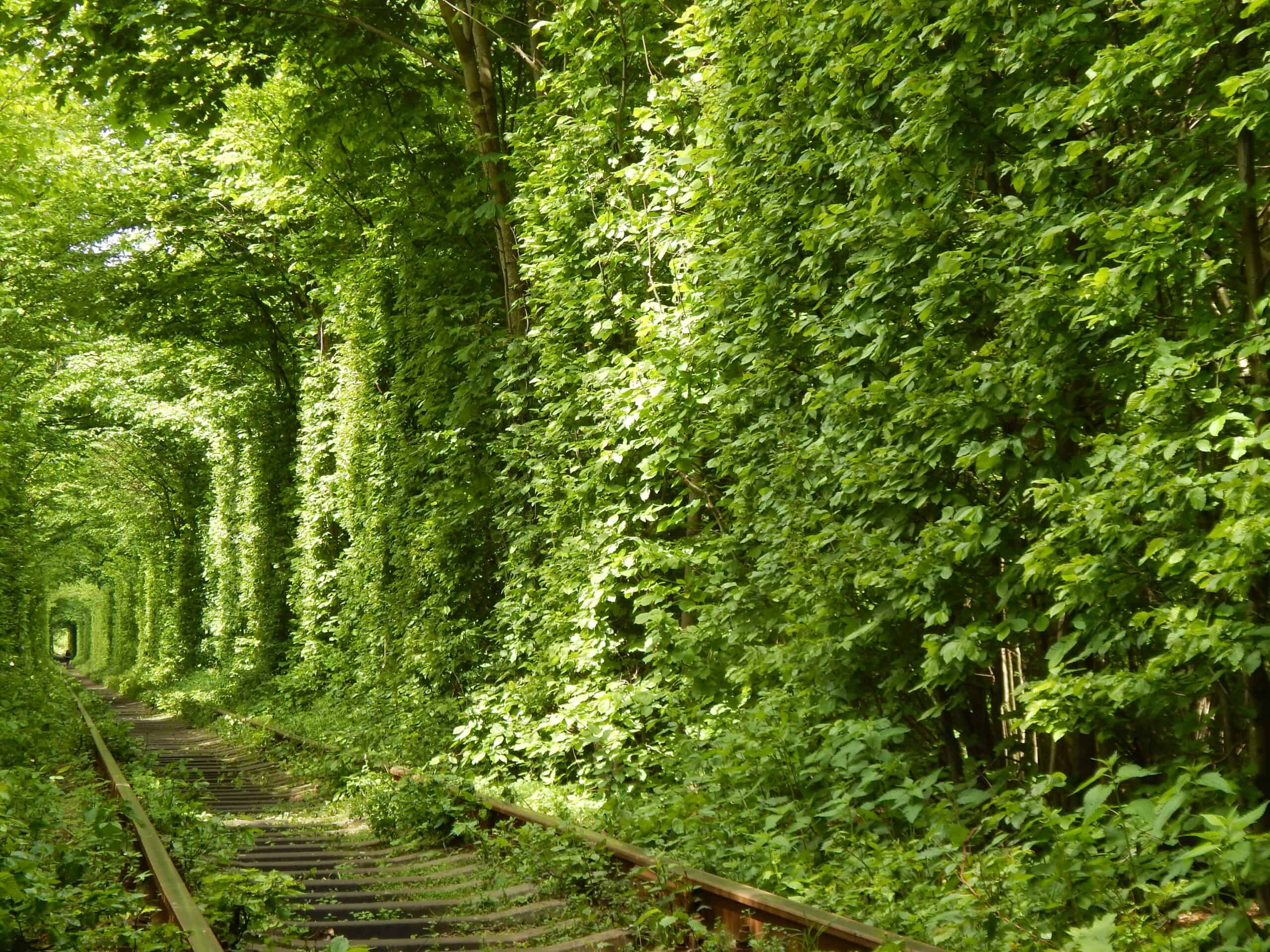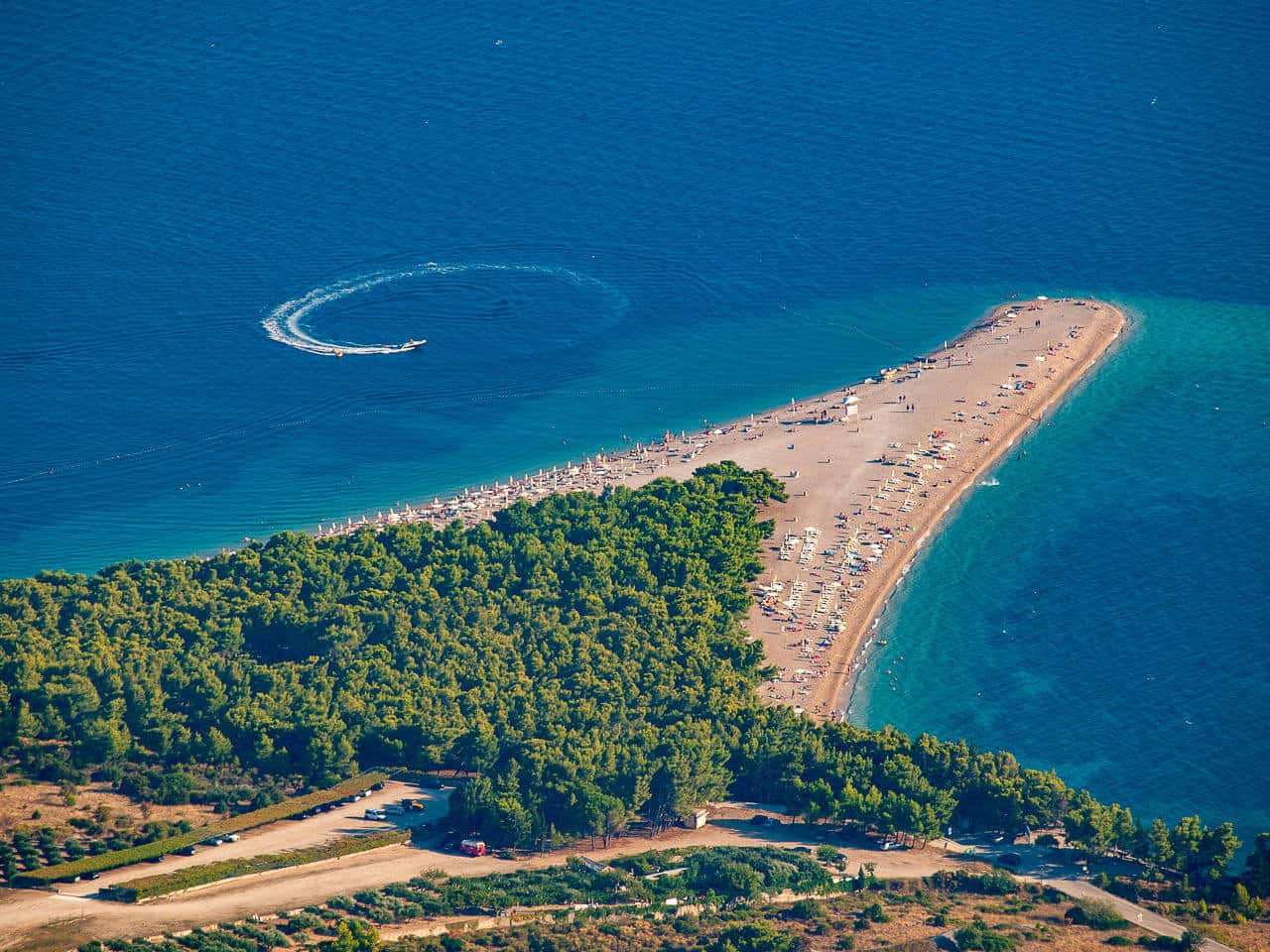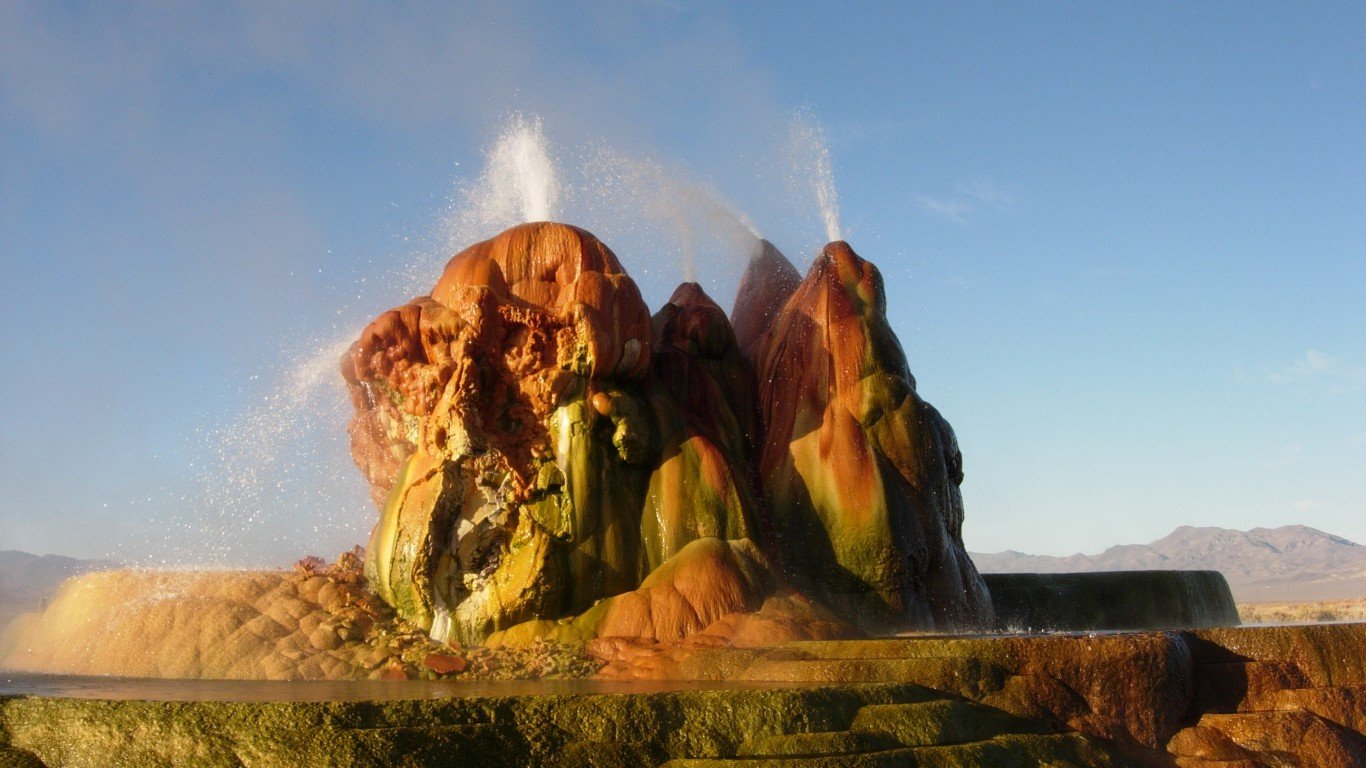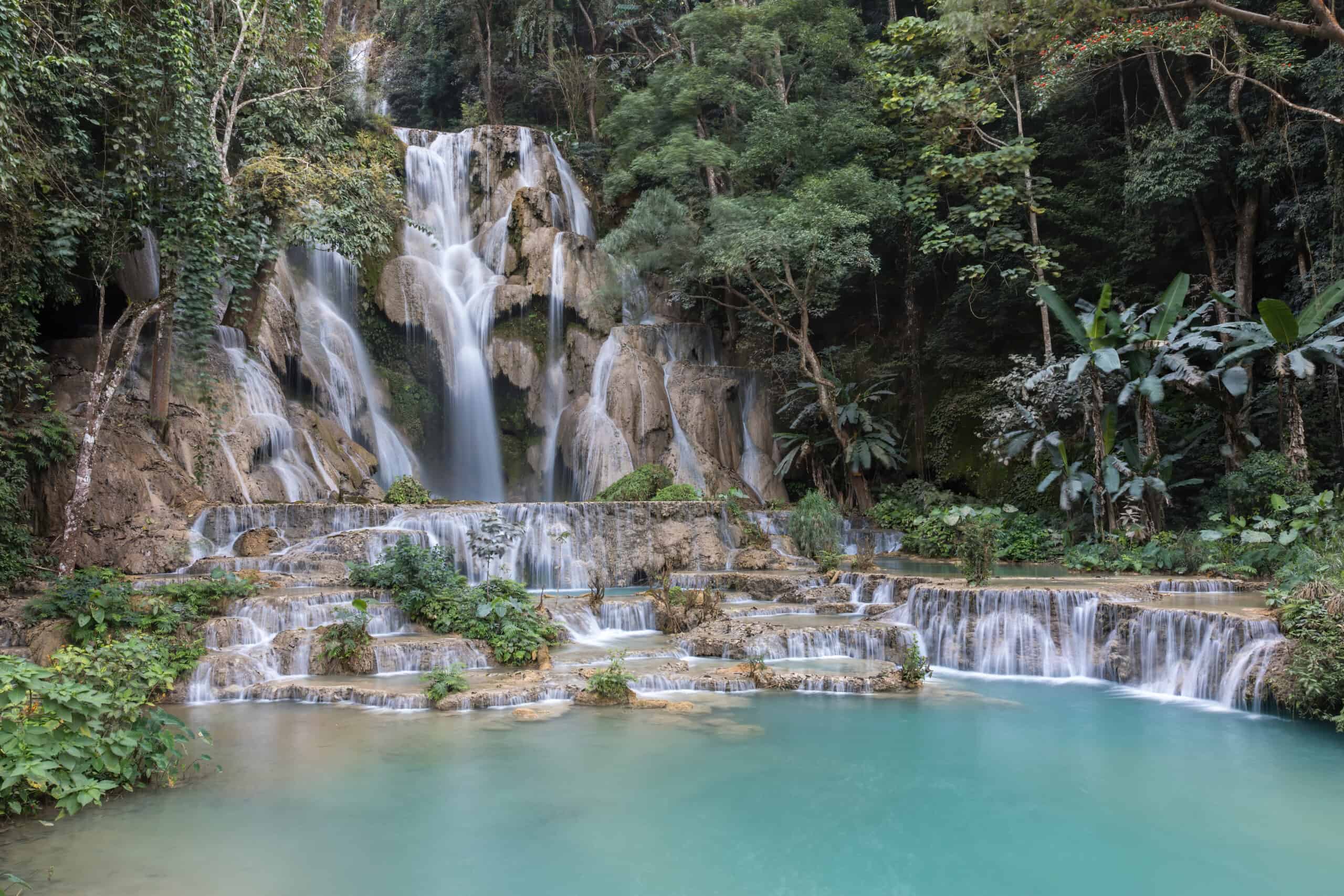The world is filled with an abundance of incredible landscapes; natural wonders that Mother Nature created over millions of years that allows us to marvel at their creations. Many of these are places we dream about or have already visited – from Victoria Falls and the Northern Lights (Aurora borealis) to the Grand Canyon and Mount Everest.
Many of these locales are areas that we may not be able to experience for ourselves and can only rely on the adventures of others. Yet, other places are teeming with visitors hoping to get that perfect picture or just gaze in wonder at the beauty before them. For every awe-inspiring site, there is another yet to be discovered, unseen by human eyes.
24/7 Tempo compiled a list of hidden wonders you may not know exist. These lesser-known locales consist of natural formations, man-made marvels, and rare or strange occurrences that should invigorate your sense of adventure. Some of these places are so remote that they have remained hidden gems, only witnessed by locals and the most determined of explorers. Others were built by creative people who wished to fill the world with mystery.
No matter how they came to be, these places can often inspire you, whether you travel to discover them for yourself or simply look at them for inspiration to seek out marvels closer to home. Beauty can be found in the most unlikely of places and, luckily, thanks to many websites, you don’t have to visit all to see their stunning beauty but can experience many through the photographs of other avid explorers.
To compile a list of hidden wonders you may not know existed, 24/7 Tempo reviewed travel magazines such as National Geographic Traveler and travel blogs. We picked places that vary from man-made structures such as unique hotels to naturally formed lakes in national parks. We aimed for a list that represents all seven continents. (There are also those natural wonders that no longer exist.)
Tunnel of Love, Klevan, Ukraine
This two-mile section of railroad tunnel outside of the western Ukraine town of Klevan is surrounded by foliage. According to local lore, lovers of pure intentions will be granted a wish if they visit the tunnel. Trains run through the tunnel three times a day, but at other times, the tunnel is an enchanted place to take a stroll.
Zlatni Rat, Croatia
Zlatni Rat, which is often referred to by its translation of the Golden Cape or Golden Horn, is known as one of the most beautiful beaches in the Mediterranean. Located just west of the harbor town of Bol on the southern coast, this golden sand beach juts out into turquoise waters that change to deep blue as they recede from the shore.
Rakotzbrücke Devil’s Bridge, Gablenz, Germany
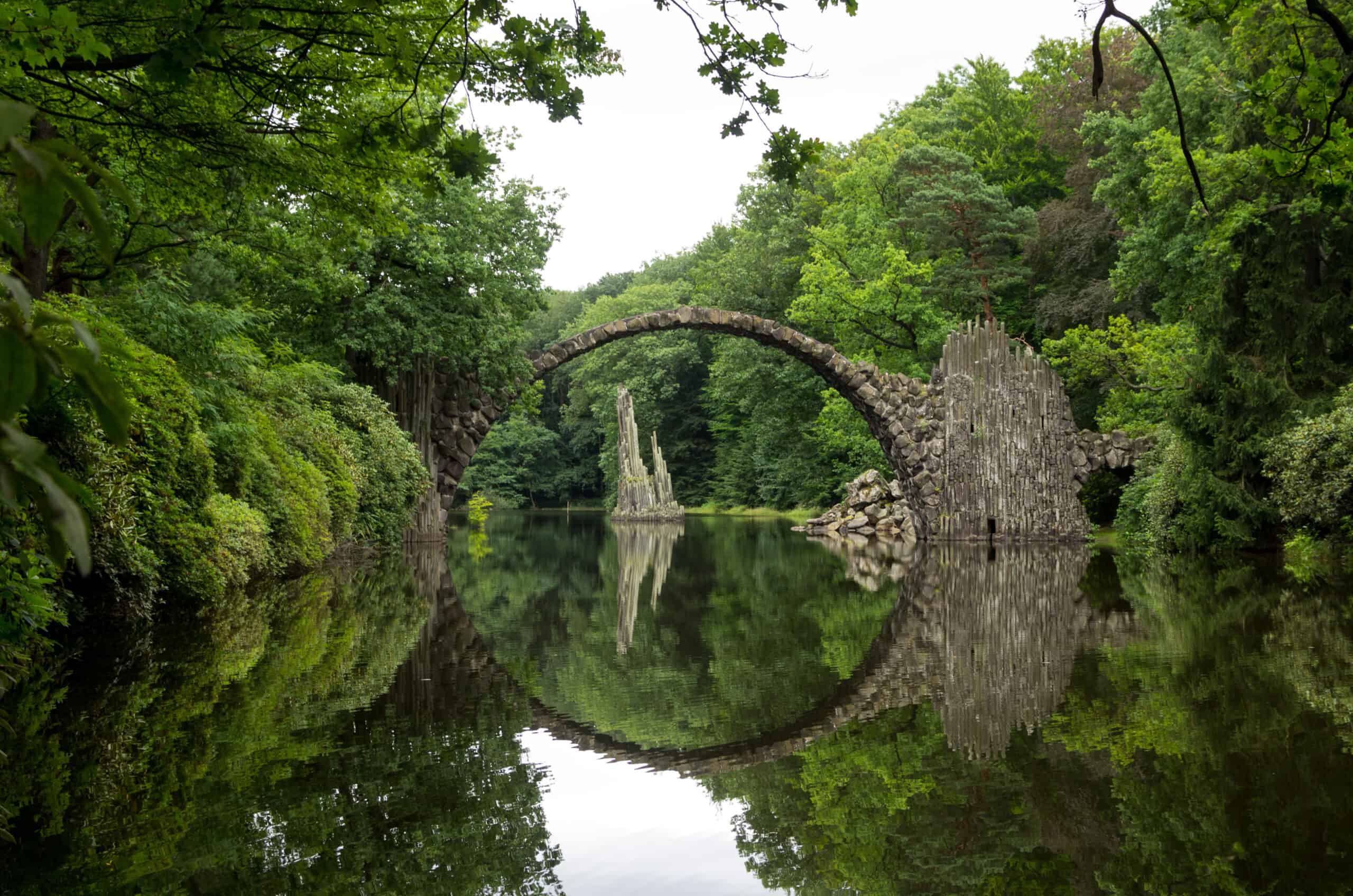
Commissioned in 1860, this half-circle bridge was built as an aesthetic monument to reflect the water beneath and appear to form a full circle. It is decorated with stones intended to resemble basalt columns. It was extensively renovated in the spring of 2021 and upon completion, reopened in 2022. The bridge has monument protection and visitors are prohibited from walking on the bridge.
Free Spirit Spheres, Vancouver Island, Canada

If you thought you only had one option for treehouse hotels with the Treehotel in Sweden, think again. Free Spirit Spheres in the coastal rainforest of Vancouver Island, Canada, boasts three small, circular pods suspended from the trees that can be rented out nightly. Considered luxury eco-tourism, this west coast resort even offered a limited run of 15 spheres available for purchase in 2023.
Richat Structure, Mauritania
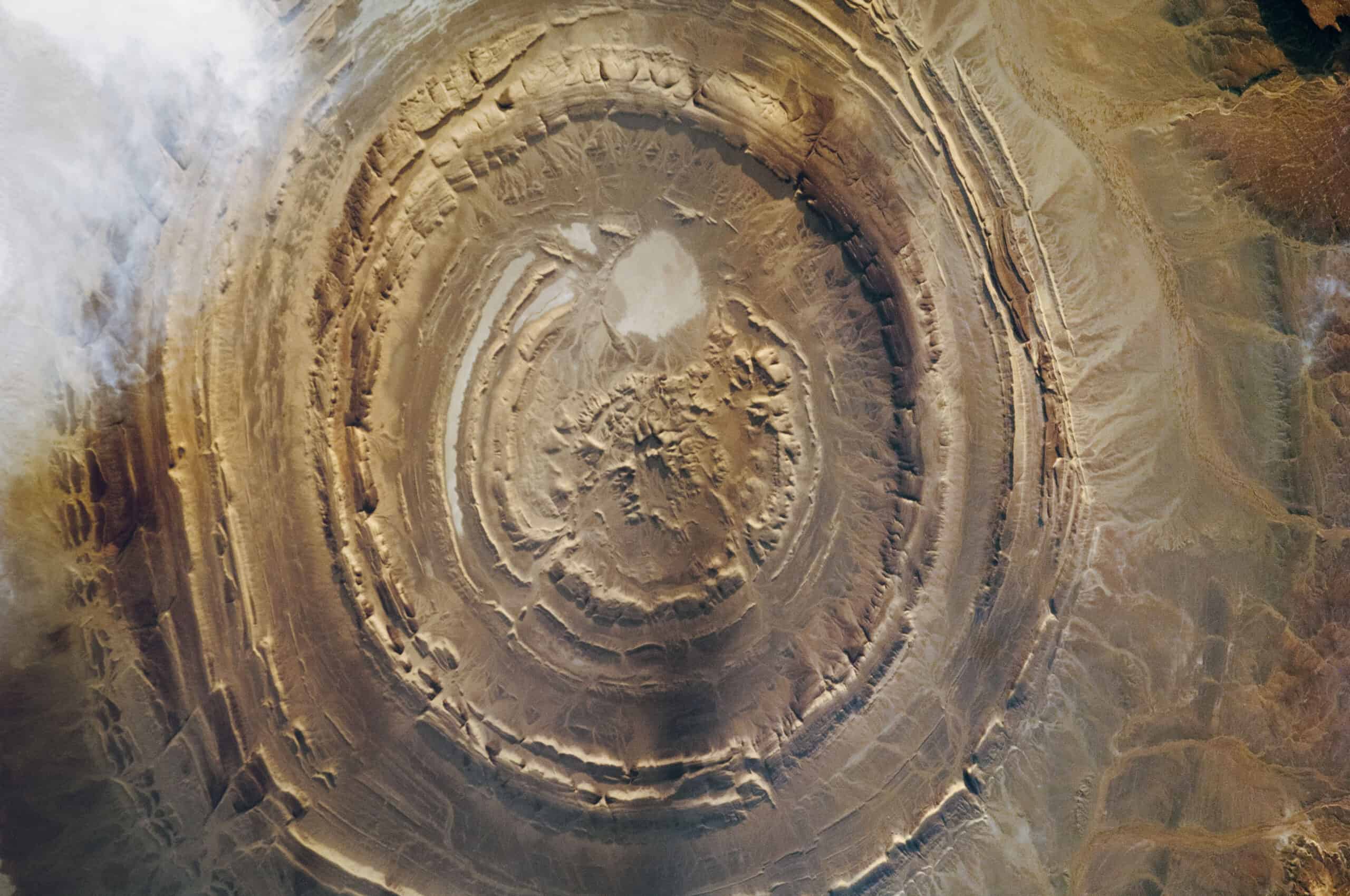
This 28-mile-wide geologic structure in the Adrar Plateau of the Sahara Desert is visible from space and resembles a bullseye. It was once thought to be a crater, but geologists now believe it is the remains of a geological dome that has been eroded to expose the rock layers underneath. It was identified by the International Union of Geological Sciences as having a high scientific benefit because it provides insight into the Earth’s geological processes.
Fly Geyser, Nevada
This colorful water spout on Fly Ranch, Nevada, began forming in 1964 when a geothermal power company drilled a test well at the site and failed to properly cap it. Hot water containing calcium carbonate has been spewing from the hole ever since, leaving deposits that grow a few inches every year and are currently nearly six feet tall. Now owned by the Burning Man Project, a non-profit that purchased the property where the geothermal geyser is formed, public access is minimal.
Seven Rila Lakes, Bulgaria
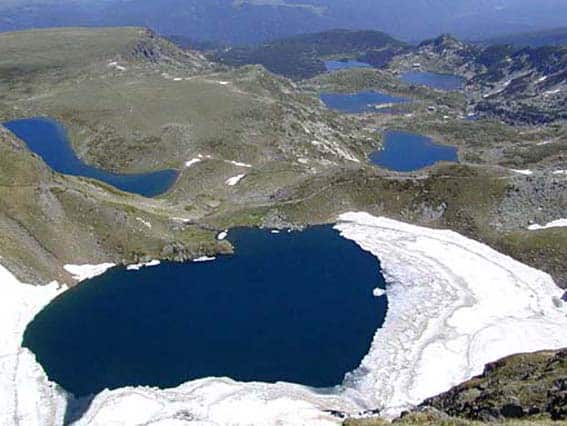
The Seven Lakes
These seven glacial lakes in Bulgaria’s Rila National Park in Bulgaria’s northwestern Rila, the highest mountain range in the country, are surrounded by mountains with jagged peaks. Each lake is named for a specific feature that distinguishes them from one another. They sit at elevations between 6,800 and 8,200 feet and are connected by small streams. To visit them all, hikers should plan on at least a six-hour round trip.
Sagano Bamboo Forest, Kyoto, Japan
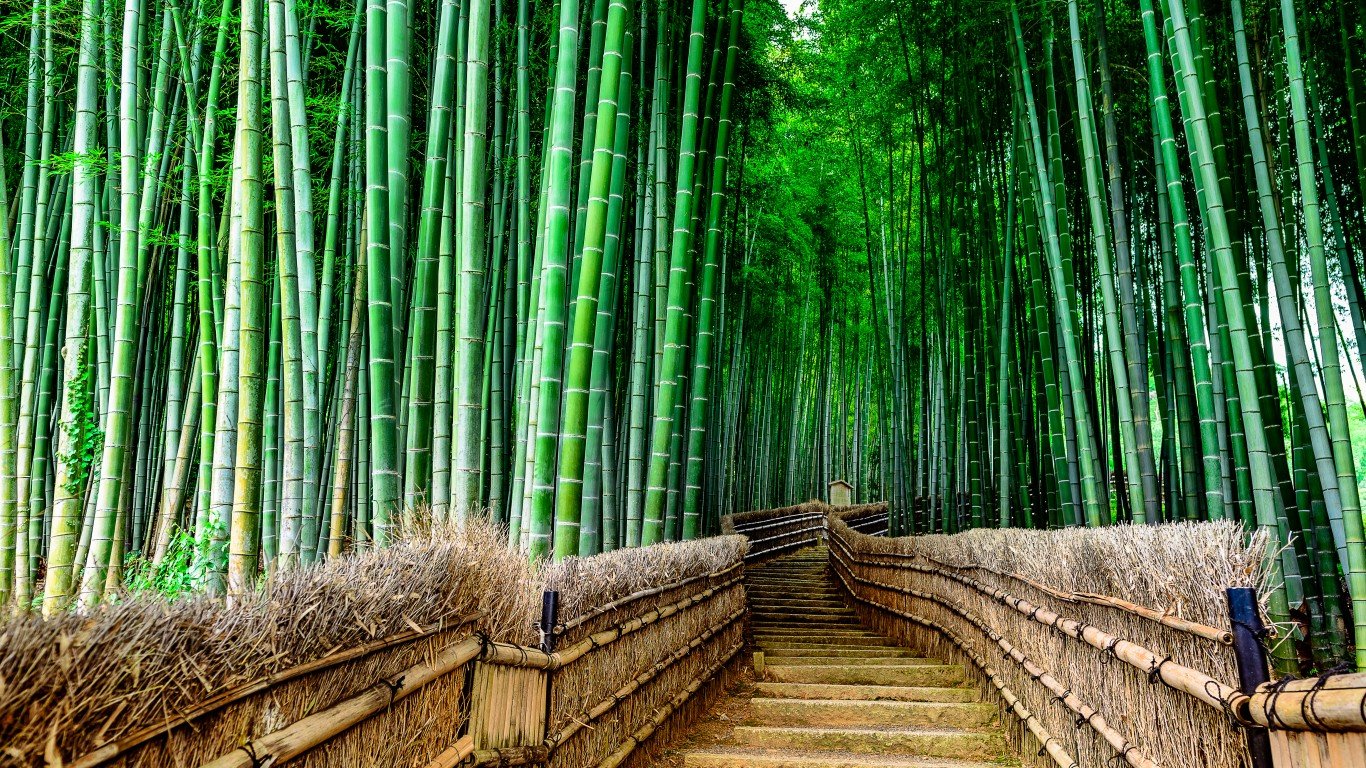
About half an hour from the urban center of Kyoto is the enchanting Sagano Bamboo Forest, also known as the Arashiyama Bamboo Grove. The sound of the bamboo stalks creaking and leaves rustling has been governmentally declared one of the “100 Soundscapes of Japan.” Unfortunately, the area has become so often inundated with tourists and photographers that visitors rarely experience the meditative peace that the forest used to offer.
Moravia, Czech Republic
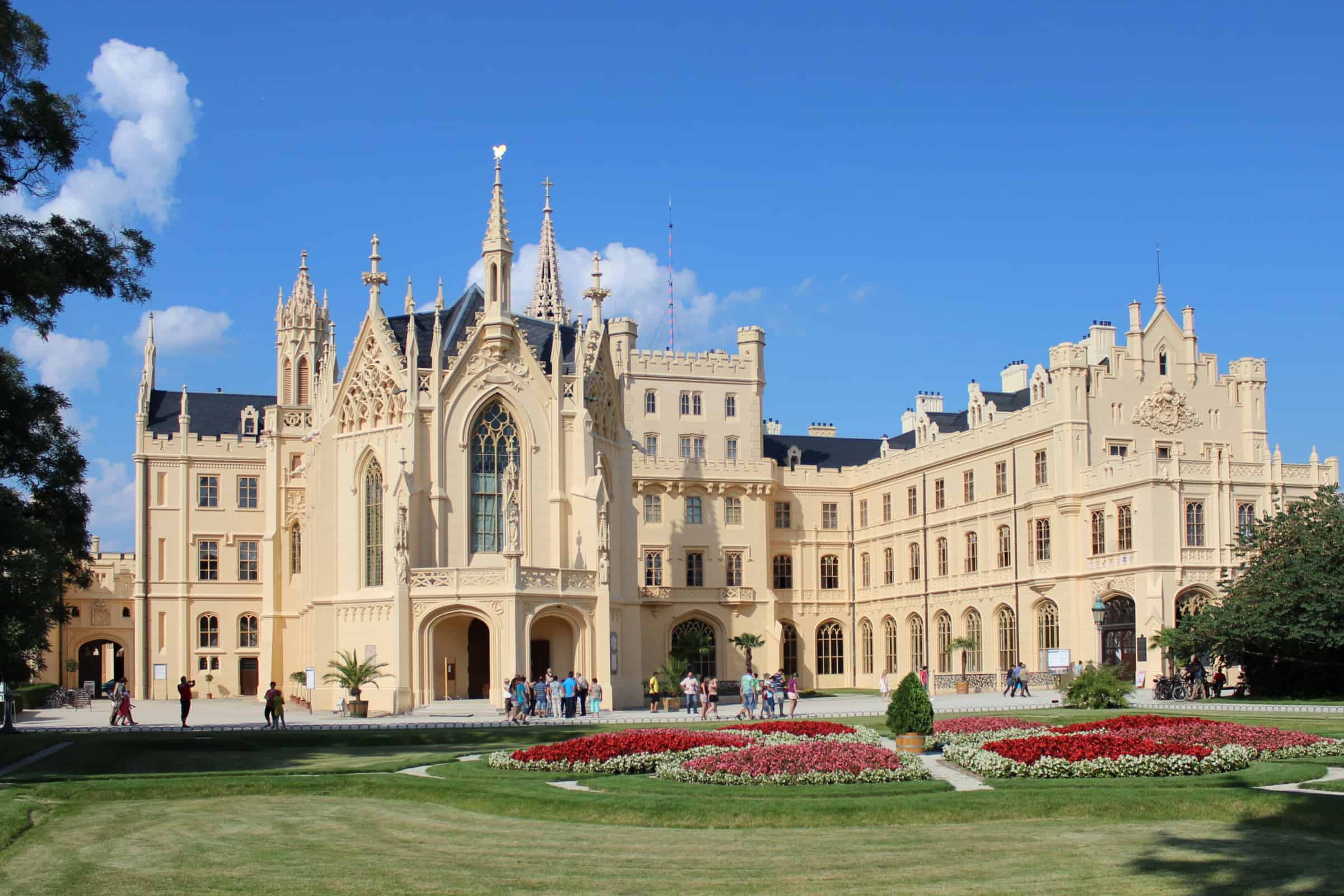
First inhabited by the Celts, various Germanic tribes, and then the Slavs, the historical town of Moravia, which comprises most of the eastern part of the country, was once the administrative center of a medieval kingdom. It is now a tourist destination that boasts multiple historic cities, featuring intact medieval architecture, town squares, and cultural monuments – one of which is the Lednice castle.
The Nazca Lines, Peru
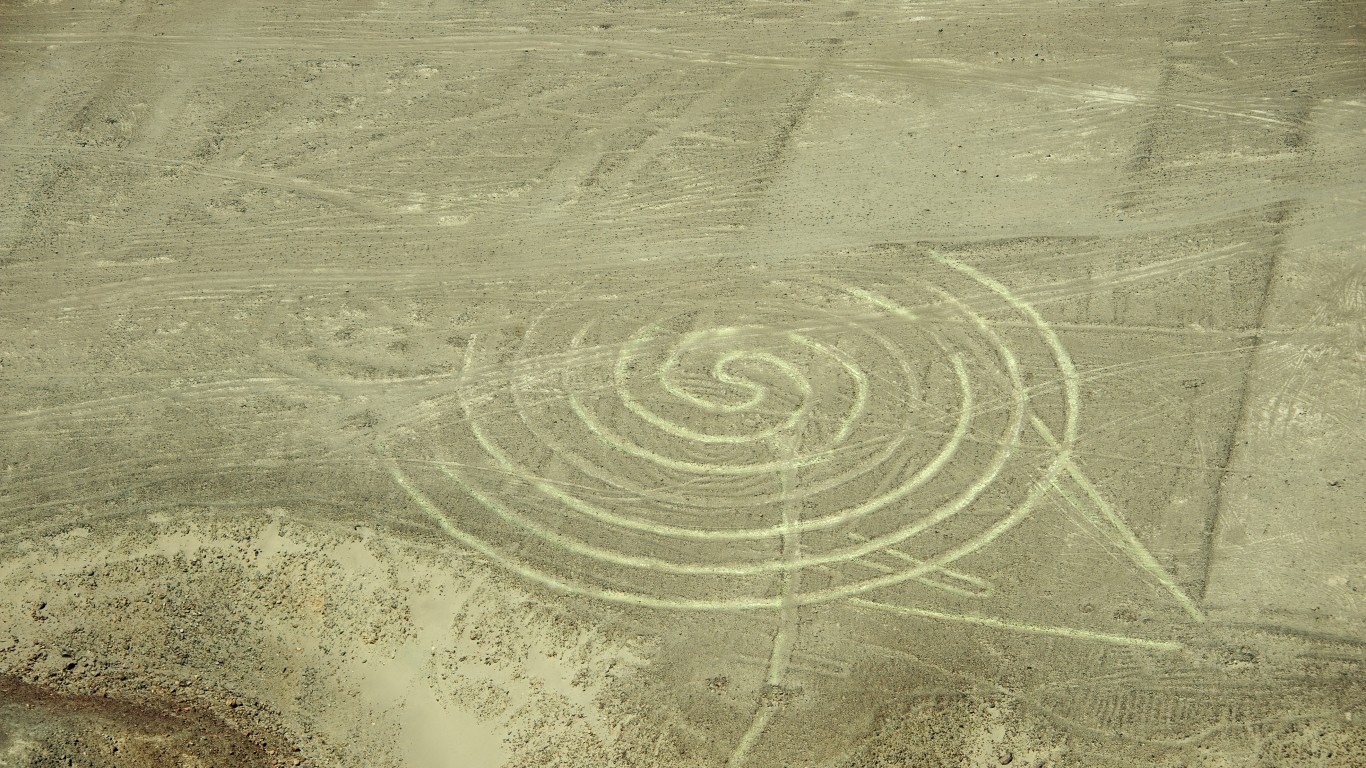
A UNESCO World Heritage Site, the Nazca Lines are a series of huge geoglyphs created by the Nazca people around 2,000 years ago. Best visible from the air, the patterns depict over 70 animals and plants, of which the monkey is one of the most popular, as well as other various geometric shapes. Some glyphs are 1,200 feet long, and new lines are continuously being discovered.
Lake Retba, Senegal
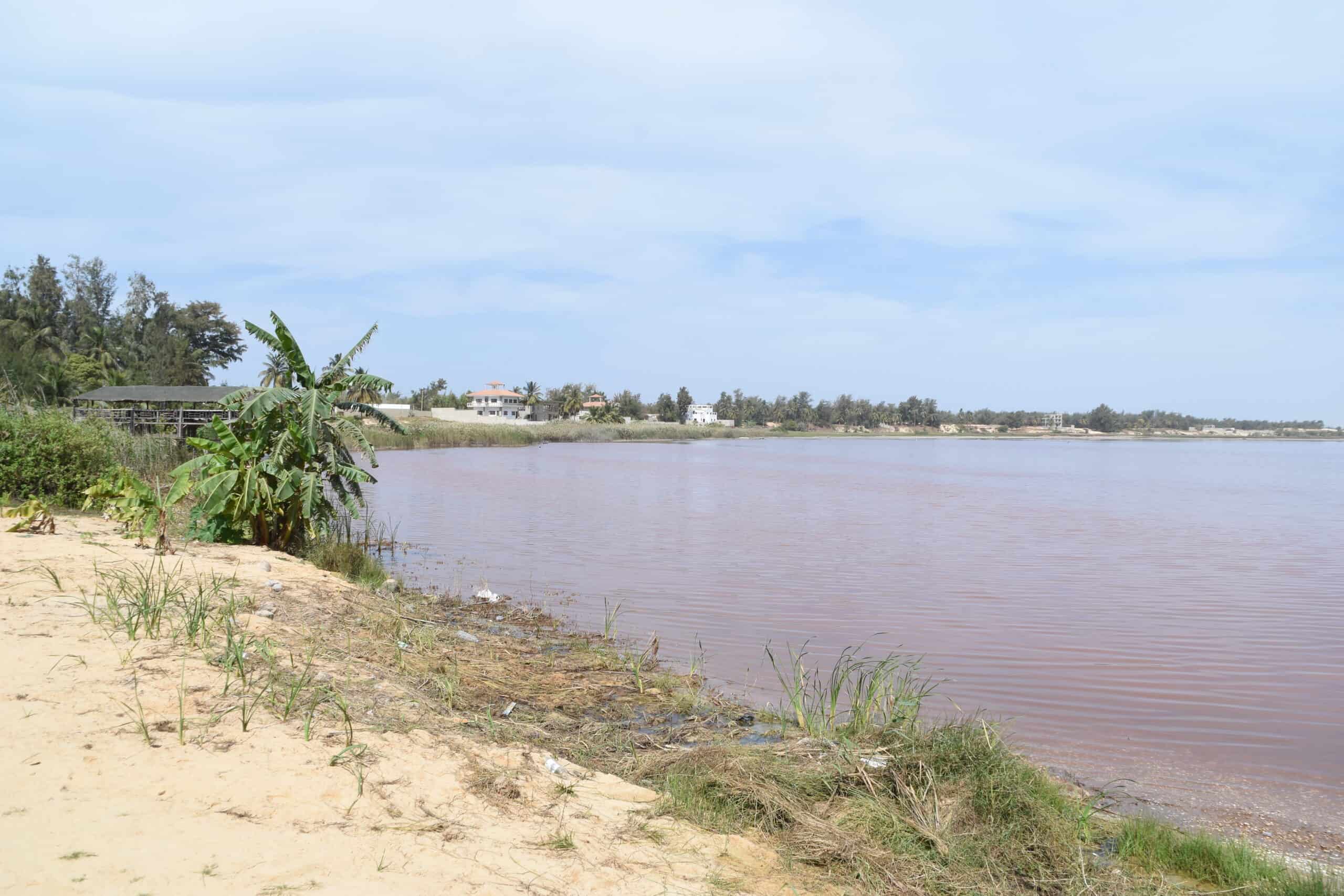
Also known as Lac Rose which translates to “Pink Lake”, this is a saline lake with a vivid pink hue caused by Dunaliella salina, a type of green algae that thrives in the saline waters. Other lifeforms are rare in the lake, but its salt is harvested by locals and used to preserve fish. The color is most vivid from November to June, which is the area’s dry season. Lake Retba has been in consideration for a UNESCO World Heritage Site since 2005.
Kuang Si Falls, Luang Prabang, Laos
The remote falls of Kuang Si in Laos are characterized by a series of stone-lined travertine pools etched out by waterfalls. This three-tiered waterfall has small pools near the beginning of the falls and wider pools near the bottom where swimming is permitted. Locals charge a small entrance fee and have built a wooden observation deck on-site.
The Palouse, Idaho and Washington
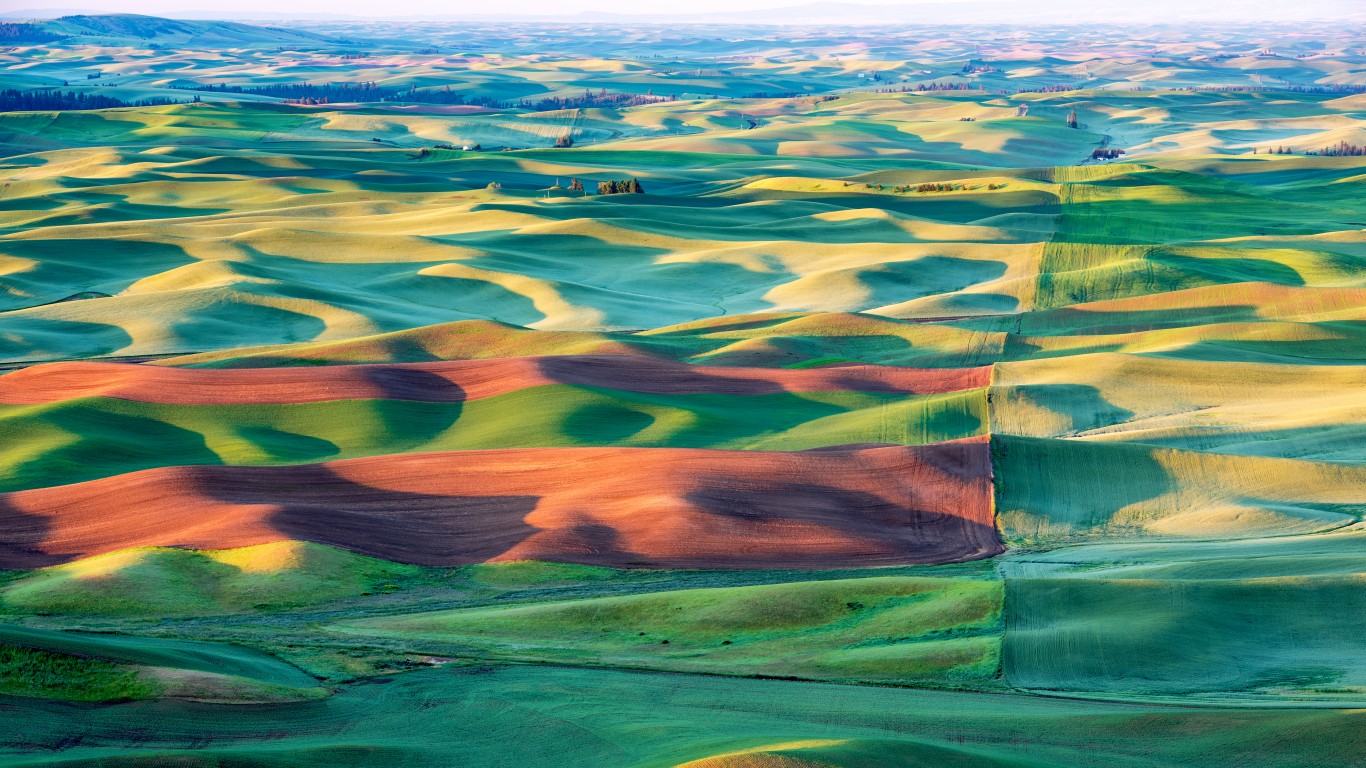
The Palouse is an area in Idaho and Washington of gently rolling hills resembling dunes that were created by tens of thousands of years of glacial rock dust and silt blowing into the area. Much of the hills are now covered in wheat and barley fields that range from green in spring to gold and brown in late summer. Vineyards are also beginning to become a prevalent part of the landscape.
The Racetrack, Death Valley National Park, California
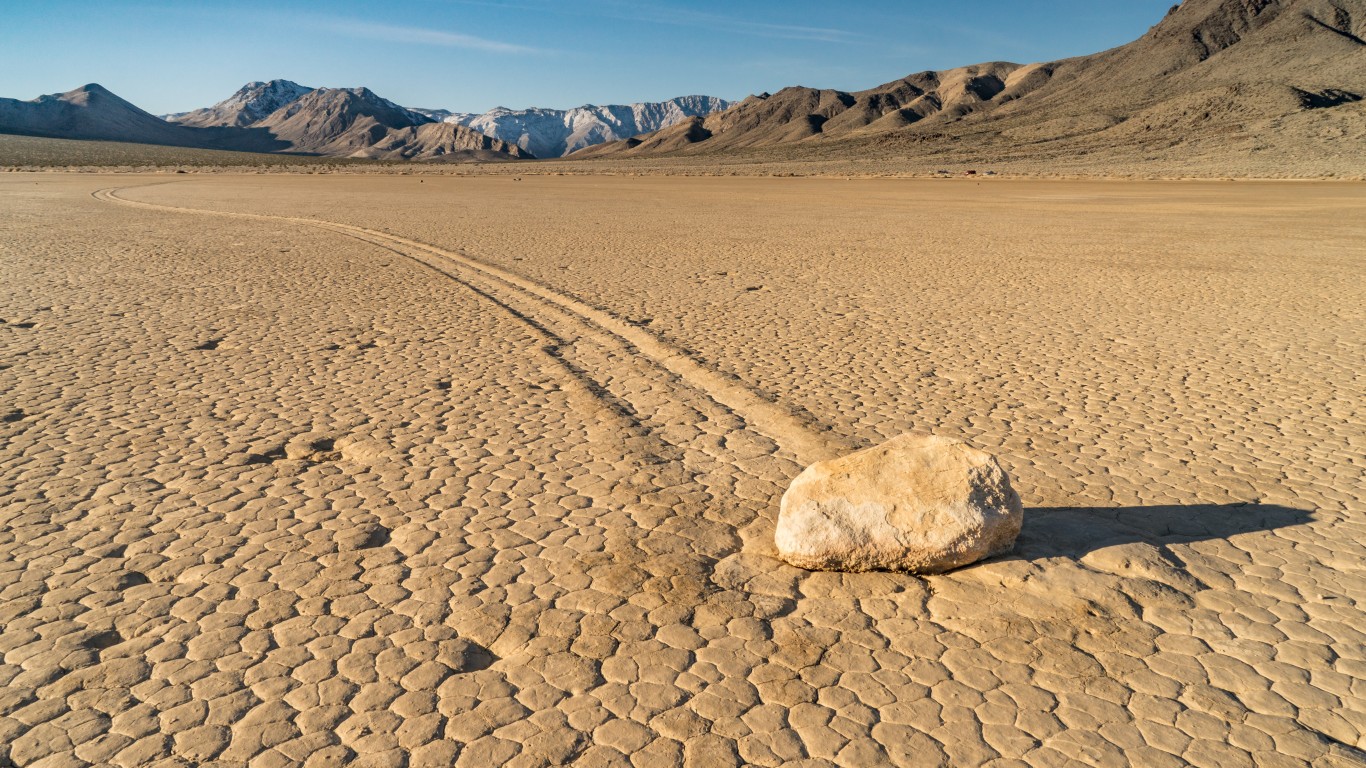
Death Valley is home to numerous beautiful landscapes – from the Charcoal Kilns and the Artist’s Palette to the Artist’s Drive. Of course, the Racetrack is one of the more fascinating treasures. Home to the moving rocks of Death Valley, these rocks have intrigued scientists and visitors for decades by mysteriously traveling without apparent human intervention and leaving long trails in the cracked, dry, earth.
In 2013, researchers finally solved the mystery after witnessing the rocks moving as a result of winter rains. Pools of rainwater began to freeze, forming thin layers of surface ice that eventually broke into sheets that could float and move in the wind, shoving the rocks in front of them.
Lake Natron, Monduli, Tanzania
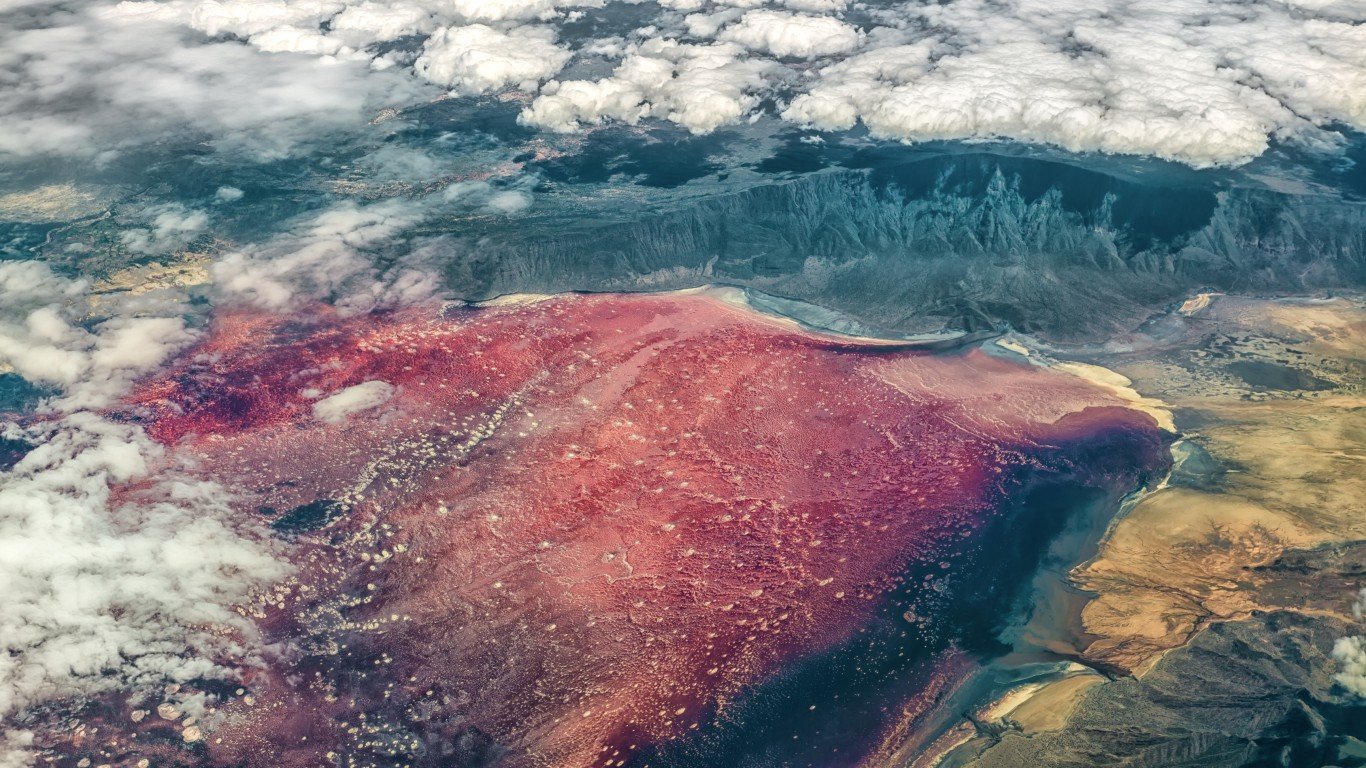
Located in the Arusha region of Tanzania, Lake Natron is a seeming hell on earth. This salt lake is nearly as alkaline as ammonia, with a fiery red hue due to cyanobacteria that thrive in the hot water, which can reach 140 degrees Fahrenheit. The alkaline waters corrode most objects that come into contact with them, including birds who mistakenly crash into the glass-like surface.
The calcified bodies of birds and other animals can be seen washed up along the shores, resembling stone replicas. Although, interestingly, it is the only breeding ground in East Africa for the lesser flamingoes, who rely on the inhospitable environment as an obstruction against predators.
Avenue of the Baobabs, Morondova, Madagascar
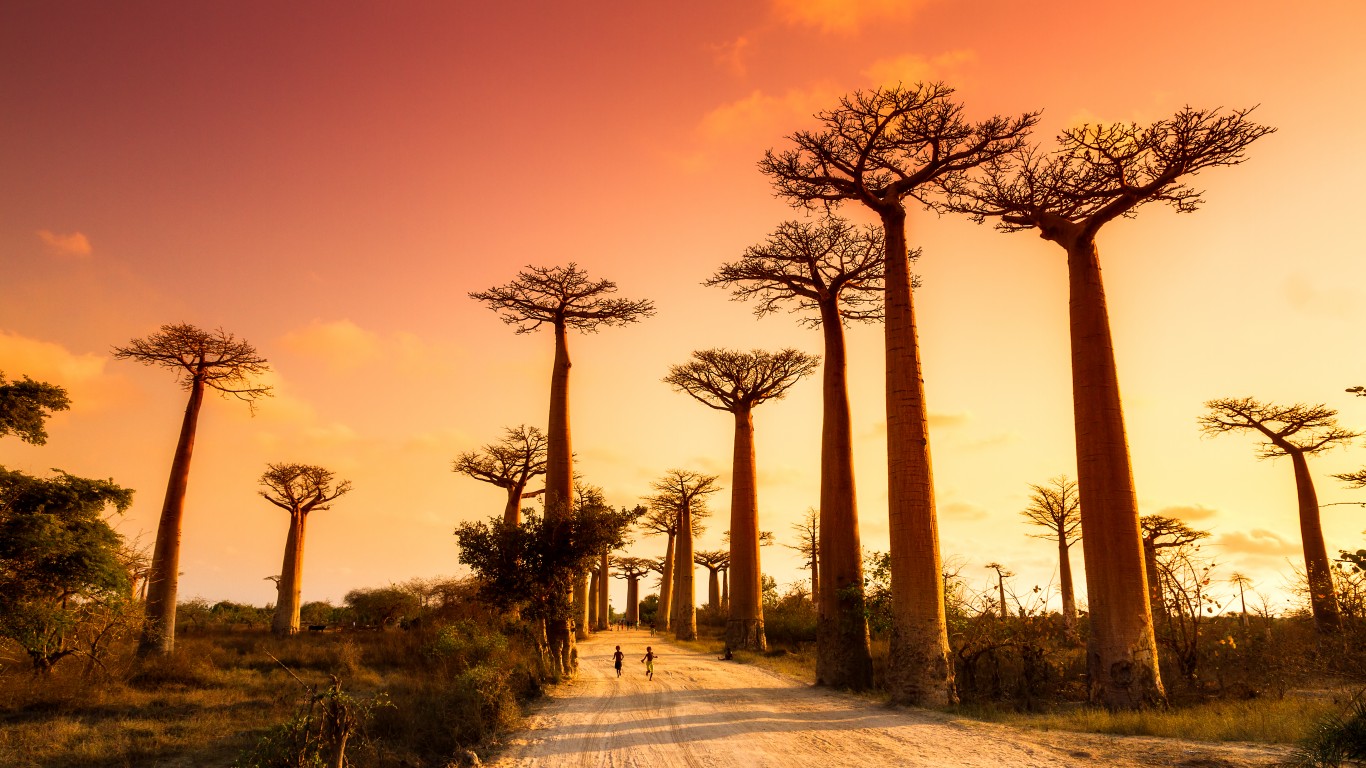
This small grove of 800-year-old baobab trees lining the road from Morondava to Belo Tsiribihina in Madagascar was once part of a dense forest. The remaining trees, some of which are 150 feet in circumference, are the focus of local preservation efforts and were granted a temporary protected status in 2007.
Laguna Colorada, Bolivia
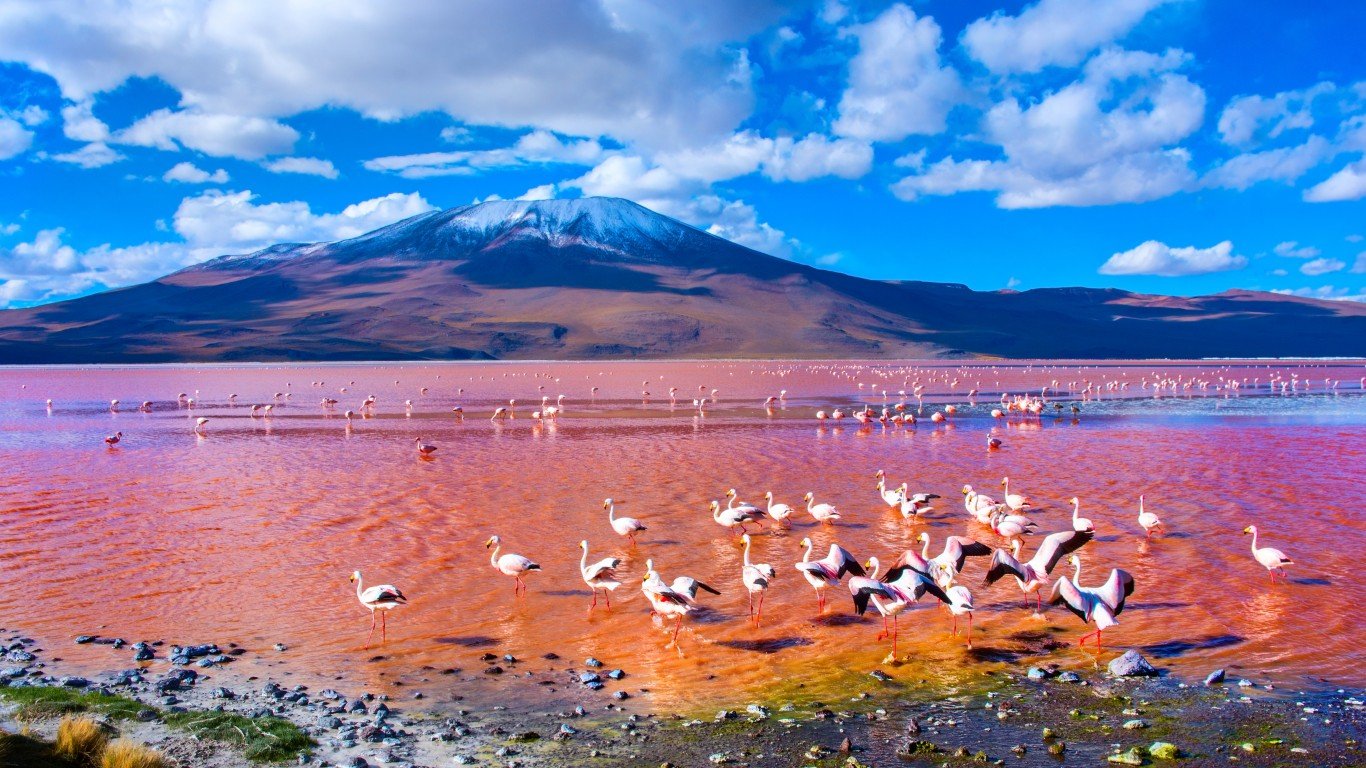
This red salt lake in Bolivia, sitting at 14,000 feet above sea level, is flecked with white borax deposits and lined with contrasting dark blue. The water is only three feet deep, and the area is home to multiple flamingo populations, including the nearly extinct James’ flamingo.
Socotra, Yemen

Socotra is a remote island off Yemen that is known for its unusual plant life, including the iconic dragon’s blood tree, Dracaena cinnabar, which is endemic to the region. A third of the island’s plant species are only found on Socotra. The island is believed by some to have been the Garden of Eden or the Sumerian paradise known as Dilmun.
Wisteria Flower Tunnel, Kitakyushu, Japan
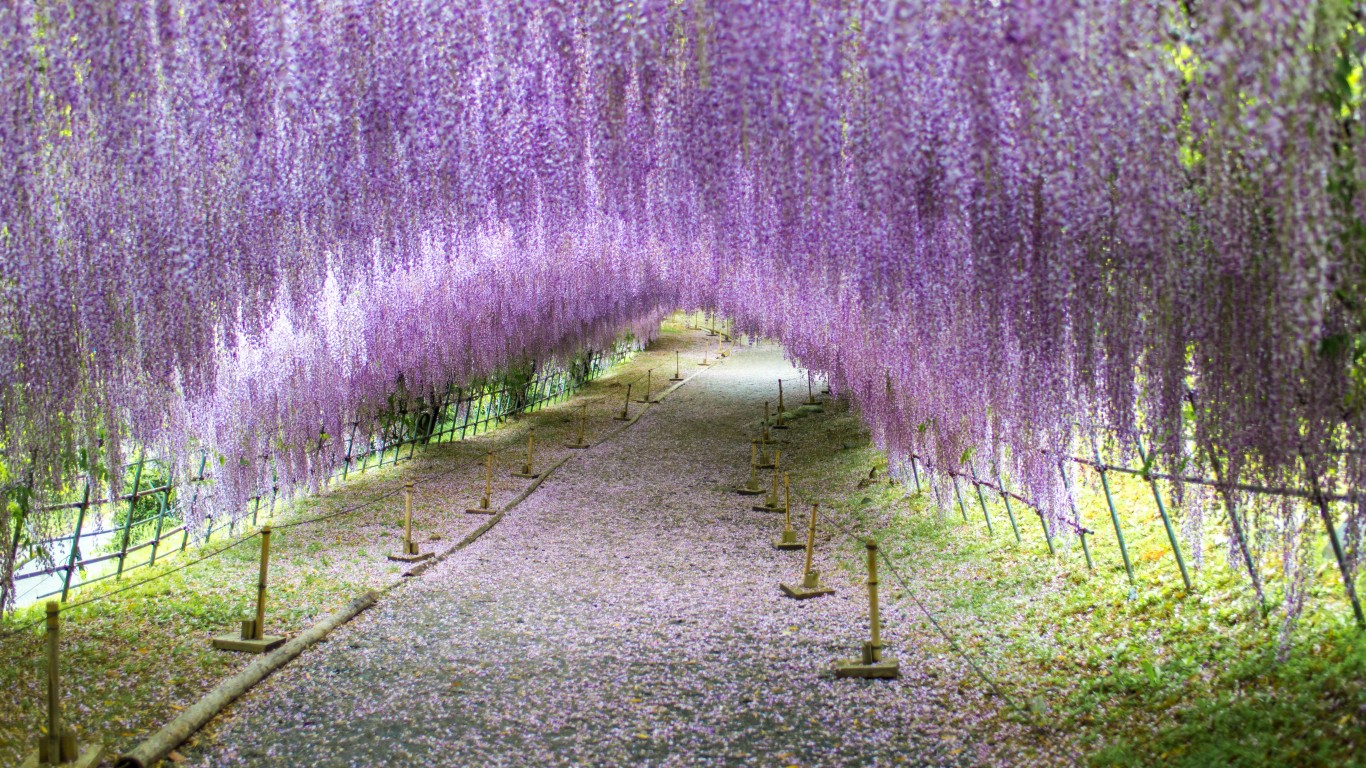
From late April to mid-May, the wisteria flowers bloom at Kawachi Fuji Gardens in Kitakyushu, Japan, a private garden that is only open to the public seasonally. Twenty different species of wisteria grow in two tunnels that extend over 300 feet and range in color from white to various shades of purple. Their hanging flowers are celebrated during an annual Wisteria Festival at the end of April, open to visitors.
Mount Roraima, Venezuela, Brazil, Guyana
Mount Roraima is a massive plateau with sheer 1,300-foot cliffs on all sides. It is the highest mountain in Guyana’s Highland Range, which contains some of the oldest geologic formations known, dating back two billion years. Many plant and animal species on the plateau don’t exist anywhere else in the world.
Caño Cristales, Colombia
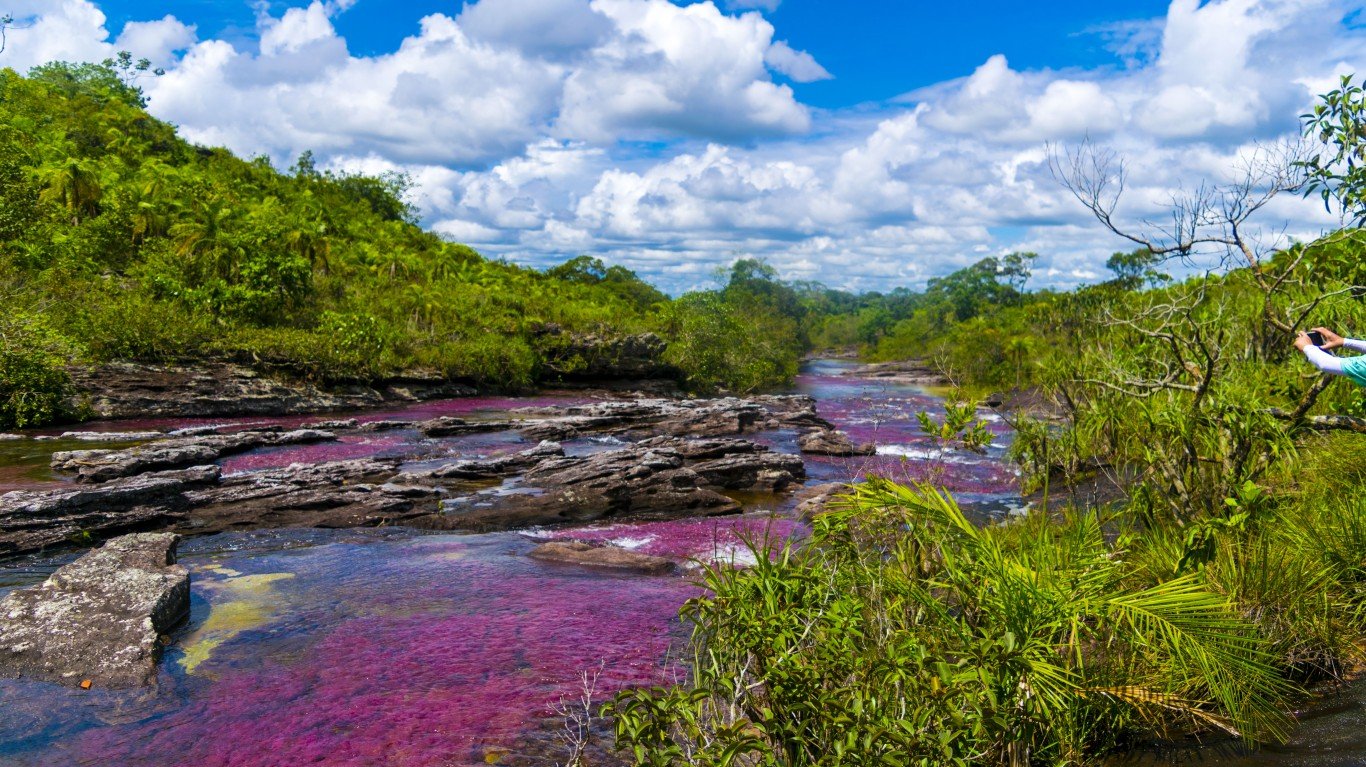
Translated to “Crystal River”, Caño Cristales is also known as the “River of Five Colors” or the “Liquid Rainbow,” and is best viewed during June and November. This rainbow river in Serranía de la Macarena National Park in Colombia owes its seasonal color bursts to aquatic plants that thrive only when the water level is neither too high (which obscures the plants) nor too low (when it’s too dry for them to grow). Tourism is a threat to the delicate environment, and visitors are asked not to swim if they are wearing sunscreen or bug repellent.
